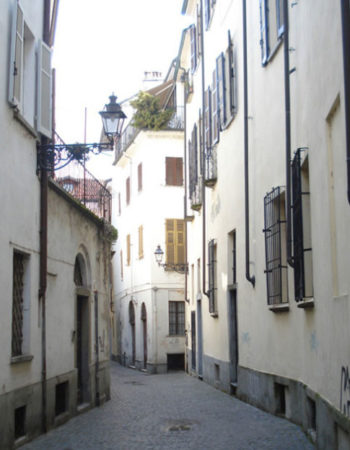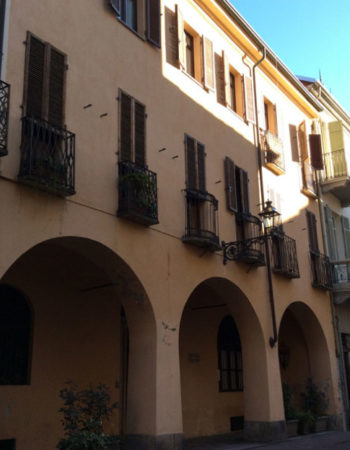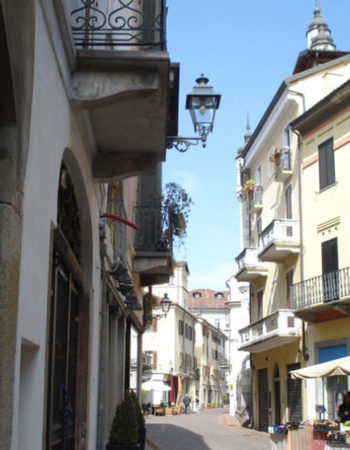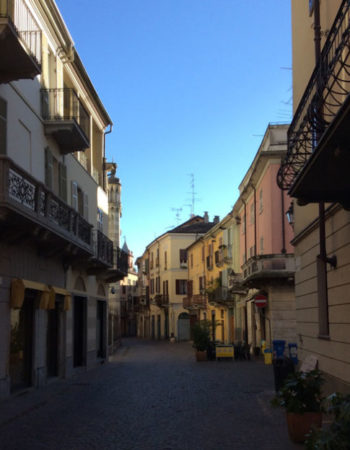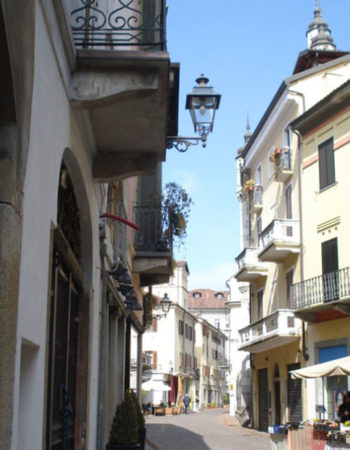Records of a stable Jewish settlement in Vercelli date back to the first half of the 15th Century. This group, which was mainly involved in trade and money lending businesses under Savoy concession, gradually concentrated its activities in certain areas around Corso Libertà. Here, between the present-day Via Fratelli Ponti and Via Fratelli Garrone, the first ghetto was established in 1727. Its privileged position, however, aroused disapproval among the Church authorities and the city’s leading tradesmen, and in 1740 the ‘ghetto establishment’ was moved to the area comprising Contrada degli orefici and Piazza del fieno, the present-day Piazza Massimo D’Azeglio and Via Foa respectively.
Thus the Community, which in those days numbered 158 people, was forced to settle in an area that was closed off from dusk to dawn by four gates: two at either end of Via Foa, on the corner of Via Gioberti and before the church forecourt of San Giuliano; a third on Via Castelnuovo Lanze, and the last, known as the ‘small door’, was kept constantly closed and barred the way to the narrowest part of Via Morosone. The Jews occupied buildings and workshops based on ‘continual leasing’ contracts.
Originally, on the site where the monumental synagogue stands today there was a house in which a small synagogue had been set up.
The Jewish Community enjoyed an initial phase of equalisation under Napoleonic occupation, and in 1848, after the Restoration, the ghetto era ended. Many of the Jews of Vercelli, who were now fully integrated in civil society, took on important roles in the life of the City and the State. Urban migration to the larger cities gradually caused the Community to shrink, but regardless of its reduced size it continued to dedicate its efforts to preserving historic sites and promoting the cultural activities open to the local people.
Via E. E. Foa
Guided visits for groups and school groups by appointment.
Information:
Tel. +39 339 2579283
Email didattica@comunitaebraicavercelli.it

